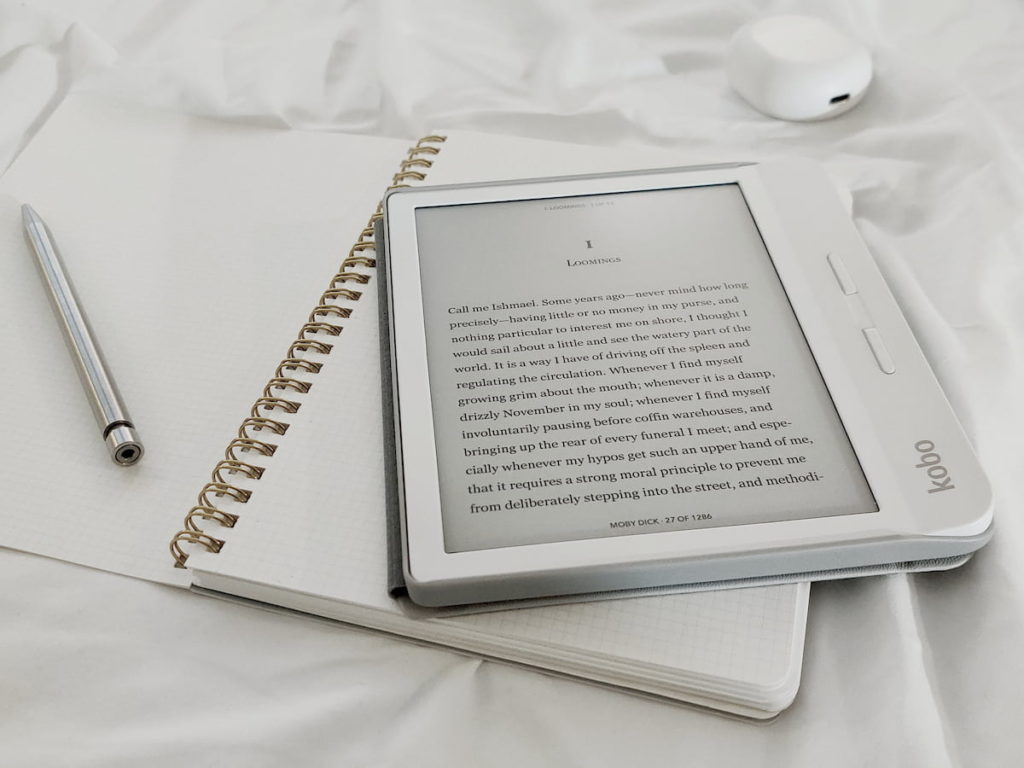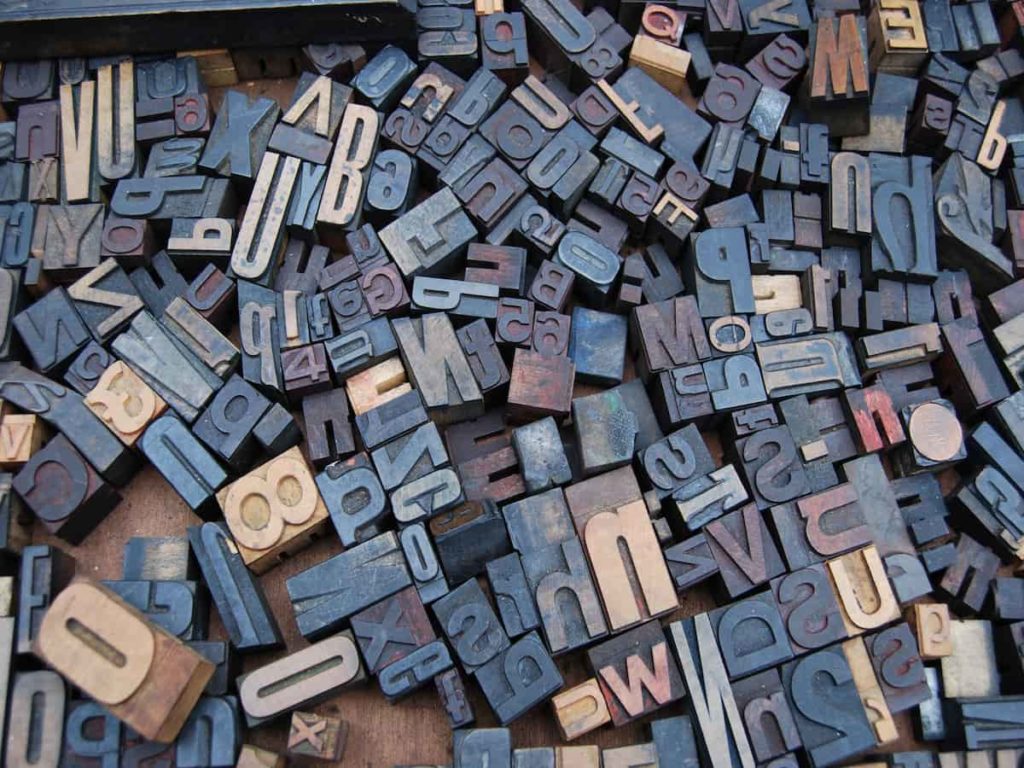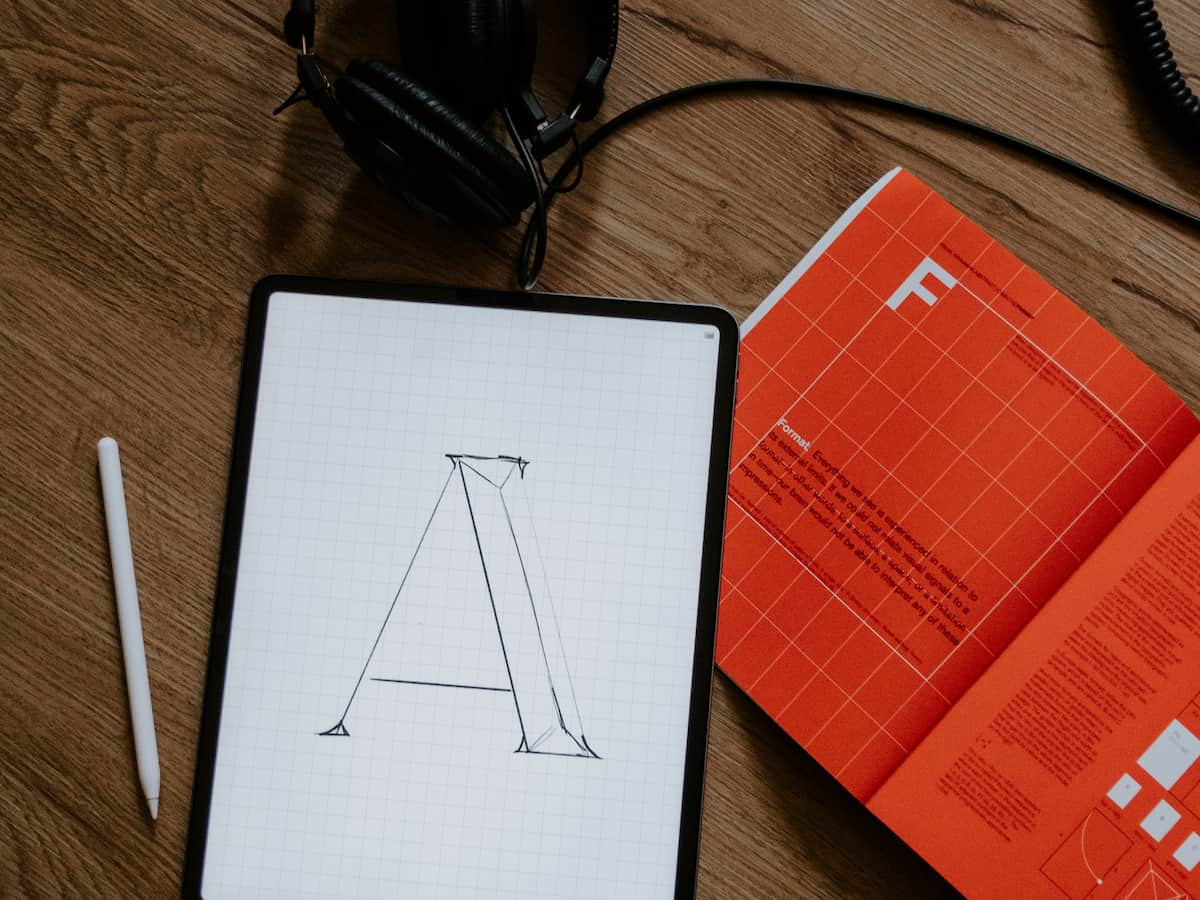What fonts should I use, and where can I find them?
From the beginning of a branding project to the development and growth of a brand’s voice, font choice and typography plays an important role in the overall image and tone of your business and should not be overlooked. Selecting the perfect font can help convey the personality of your brand, and maintaining a strong typographic combination will immediately make your brand image more streamlined. There is an infinite selection of typefaces to choose from, to the point where you can even commission a branded typeface if you’re looking for something more bespoke. This can be daunting if you don’t know where to start, so we have some advice and simple tips to help you in your font choice journey.

Brand Personality
Just like symbols, colours and images, fonts can also express thoughts, feelings or ideas, and therefore tend to have preempted identities. A leading example of this is Helvetica, which is used to define some of the biggest brands in the world such as American Apparel, Panasonic, Toyota and Oral-B. The typeface is bold, dynamic yet versatile, and depicts a formal personality. In contrast, the infamous Comic Sans has a whimsical quality, and is rarely taken seriously. In this regard, selecting the perfect font for your brand can give a first impression of the personality you want your brand to embody. So consider, what tone or message do you want your brand to personify?
Simplicity will help keep a brand’s identity clear. Unless by design, it is recommended to stick with 1 to 3 font choices throughout your branding. Sticking to a minimal number of fonts can build a cohesive and well matched system, creating a pleasing and streamlined aesthetic. Remember, within a font family can be a variety of different styles such as light, medium, bold, black, and italic. In turn these styles can be varied by changing the scale, colour,
capitalisation, which all contributes to the creation of a strong typographic hierarchy of text.
Brand Expression
The expression of your brand is defined by the unique voice your visual communication creates. As stated earlier, a font can help define the tone and values of your brand. Each font has a different meaning and will visually portray a message for your customers. Pairing fonts can further and enhance your brand identity and can be the difference between an engaging, attractive design, and a boring, tired one.
Combining a serif with a sans-serif can offer a much needed fresh contrast of text to a brand. With this in mind, avoid selecting typefaces from the same category as you will not maintain contrast and reader interest, resulting with conflicting fonts that often look disordered. Once you’ve selected some font pairings you can begin to assign each font a role within the brand design. For example you could use one style for titles and headlines, one for
subheadings and introductions and another for body copy. This is where more decorative fonts such as scripts or slabs can come into play as titles and headlines, but they must be mixed with a neutral typeface to keep the hierarchy balanced.
It is important to maintain consistency throughout your brand identity. This can be done with colour schemes, image tone, pattern and, of course, typography. Your font choices, pairings and assigned roles must be applied across all branding items, whether it be stationery, websites, packaging or social media. Keeping these assets consistent and structured will build and secure your brand’s identity.

Legibility
The readability of your brand’s website, marketing collateral or any other printed or screen materials you may produce is crucial. With this in mind, using decorative or script fonts in long form text is never a good idea. Not only is it a strain on the eyes, but at small point sizes the text can become completely illegible. When it comes to serif or sans-serif, research supports the theory that serif fonts are more legible for long form printed text.
Meanwhile, sans-serif is often considered more appropriate for heavy screen reading. There is no definitive research that proves this to be true, and in a practical sense it depends on the font itself, not the classification. A letterform can be made up of different characteristics such as height, weight, flicks, and spacing which will all contribute to its legibility. Point size, colour, and spacing will also contribute to the readability of text.
Sourcing great fonts
Finding your perfect font can be intimidating, and while there are many to choose from, there are ways to break down characteristics of fonts. Whether you’re looking for a serif or sans-serif, a script or dynamic style, free or bespoke, there are so many sources out there to choose from. Here are some starting points for sourcing great fonts.
Free Fonts:
- Google Fonts
- Adobe Fonts (you will need an Adobe Licence)
- Neogrey Portfolio
Paid Fonts:
Font Inspiration:
Never overlook the importance of a brand’s font selection. This choice can help define and build your brand, and underestimating font choice can create the wrong brand image or message to consumers. Typography can convey meaning and change perceptions, and is at the core of your brand’s visual identity.
Are you looking for creative support with your brand? Flick through our case studies to see some of our previous projects, and contact our team today by emailing customerservice@mackmangroup.co.uk to find out how we can help you.
